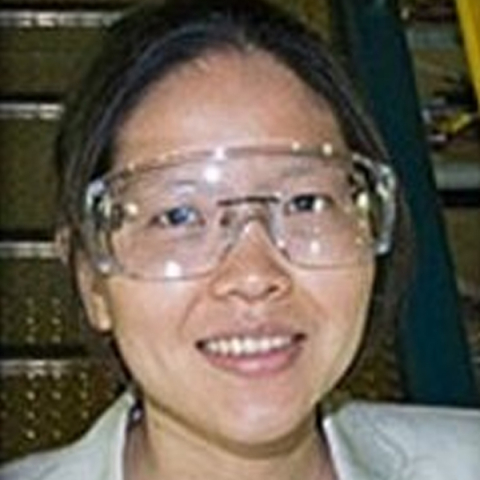
Lijuan Ruan studies the strong force interactions that occur in the quark-gluon plasma created at Brookhaven Lab’s Relativistic Heavy Ion Collider.
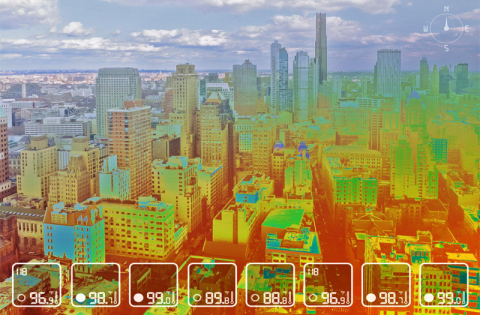
Researchers at DOE’s Pacific Northwest National Laboratory calculated how heat stress affects different groups now and in the future.
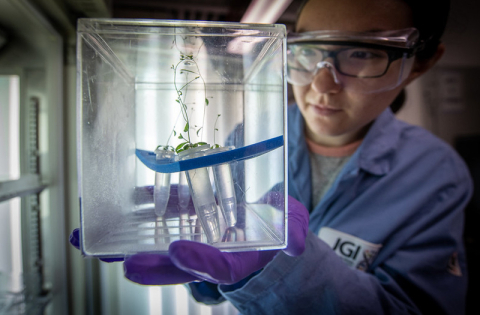
The Joint Genome Institute provides tools and data that support technologies that are essential to our clean energy future.
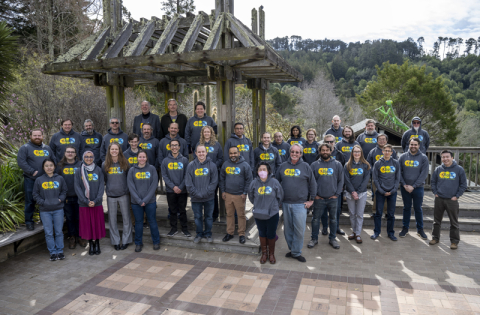
KBase enables researchers to explore complex genomic and other biological data quickly and efficiently.
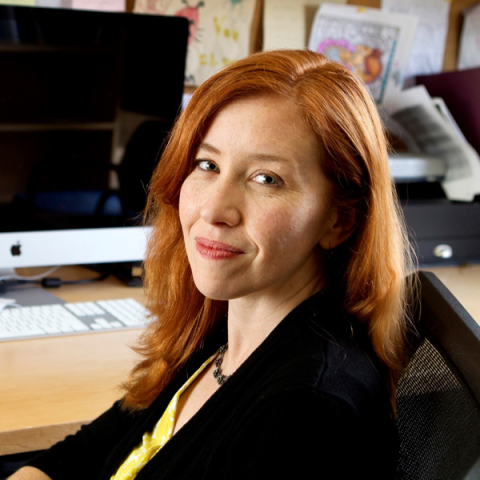
Sigrid Elschot studies the effects of fast-moving meteoroids and small space debris that vaporize, ionize themselves, and produce plasma upon impact.
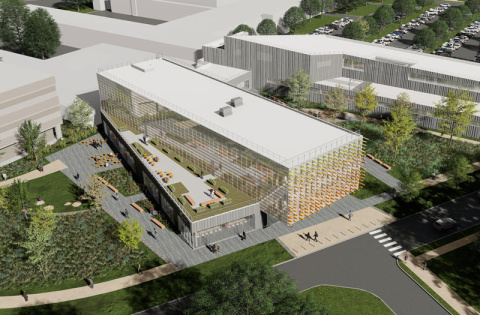
The lab broke ground on a new center that will provide space for an expanding research mission.

Using the NSLS-II, researchers explored what makes high-temperature superconducting materials different from conventional ones.
A USC computer scientist wants to produce quantum materials at scale, with help from Argonne supercomputers.
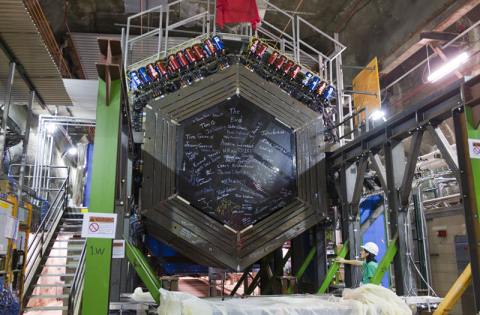
Scientists in the MINERvA collaboration developed a way to measure the proton using neutrinos.
DOE researchers’ simulations on Oak Ridge’s Frontier exascale computer may bring carbon-neutral aviation closer to reality.

